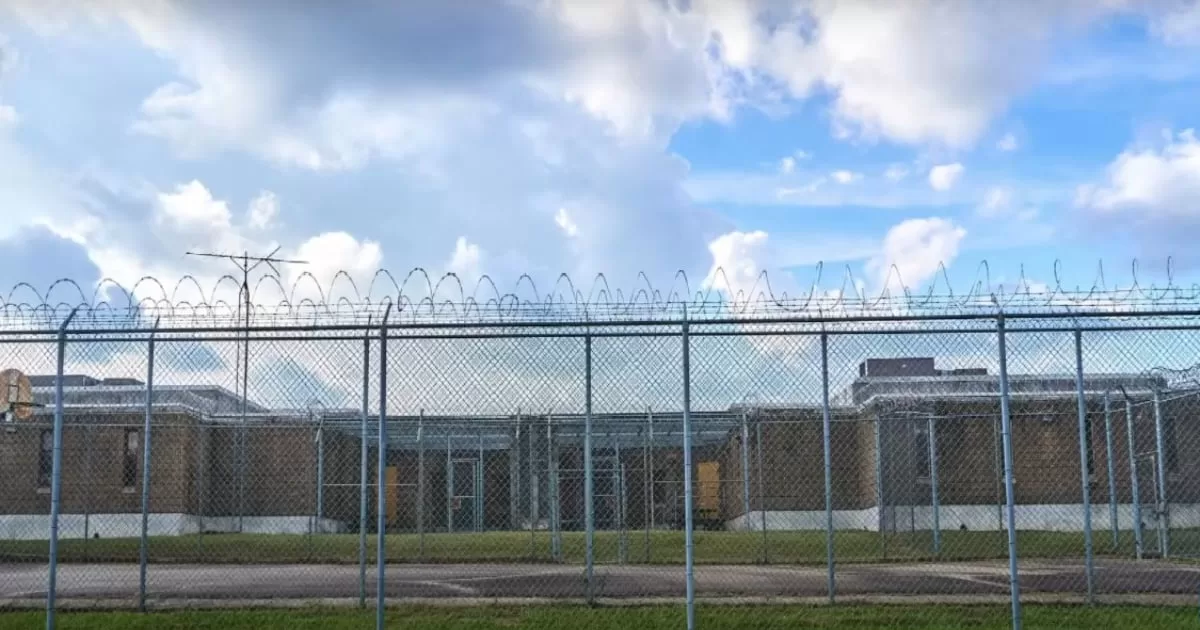BERLINER MORGENPOST
Berlin (ots)
First the horrendous energy prices in 2022, now the heating hammer of the traffic light coalition. Many consumers are currently hitting it hard. Just a few years ago, installing new gas or oil heating systems was not a big issue. At around 7,000 to 10,000 euros, these are significantly cheaper than a heat pump or pellet heating system and a worthwhile investment for many owners. But that could be over from 2024 with a view to the planned heating law of the traffic light parties.
Every heating system that is newly installed from 2024 should have a regenerative share of at least 65 percent. Consumers have a choice: either a heat pump from 15,000 euros or more, or a hybrid heating system that also contains modern technology – such as a heat pump. That means: Even with hybrid heating, those affected cannot avoid an expensive heat pump or solar thermal system. And: In Germany, there is already an obligation to replace gas and oil heating systems that are more than 30 years old. It is foreseeable that all owners with gas or oil heating would be affected.
Compliance with the exchange obligation is checked – fines of up to 50,000 euros are threatened. Delaying the replacement obligation is very difficult. Financially weaker families in particular can be overwhelmed here. There is still no hardship clause. There should only be exceptions to the gas and oil heating ban for those over 80. Further subsidies for financially weaker households have only been announced so far. Even for such hardship cases, you have to think about exceptions – even if they were only temporary.
Instead of bans and requirements, politicians should generally create more financial incentives and campaign for the expansion of climate-friendly technologies. The heat pump cannot be the only solution. In poorly insulated old buildings, pellet heating is the better alternative. Local and district heating also has great potential and could save many owners from investing in a new heating system, especially in larger cities. In contrast to heat pumps or pellet heating, no heating system needs to be installed. The heat comes straight into the house.
It is also clear that subsidies – paid for by the Treasury – are not a solution for millions of households. However, the state could very well invest in the expansion of local and district heating. Connection to a local or district heating network costs between 5,000 and 10,000 euros – comparable to a new gas or oil heating system. In rural areas, pellet heating systems could be more heavily subsidised.
All in all, politicians could ensure more openness to technology if they subsidized building renovation more and fewer individual heating devices. Because a well-insulated house is always better for the climate than a poorly insulated old building. In turn, consumers would have more money for a heating system that really suits their building. The current subsidy policy sometimes creates the wrong incentives, as heat pumps are more heavily subsidised. Openness to technology means promoting all climate-friendly options – including pellets, hydrogen, biogas or local and district heating. There are enough options.
Yes, it is right that politicians are taking measures to protect the climate. However, these should be manageable for consumers in order to successfully advance the energy transition and take as many people as possible with them.
Press contact:
BERLINER MORGENPOST
Phone: 030/887277 – 878
[email protected]
Original content from: BERLINER MORGENPOST, transmitted by news aktuell


